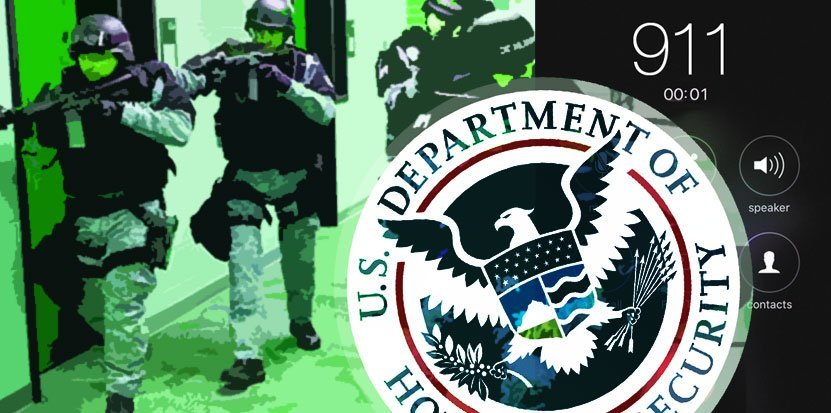
It is a scenario no one wants to consider. However, in the event an active shooter enters your workplace, there are specific steps you can take to save your life and the lives of your coworkers. Preparing your team members can raise awareness, stop potential violence and reduce panic.
Several Investors Realty employees recently attended an active shooter training session led by Steve Danon of Marcotte Insurance. The information these team members learned is proving useful in our own office as well as for use in the buildings we manage on behalf of clients. Much of the information Steve presented came directly from the Department of Homeland Security.
Below is an excerpt from the Department’s Active Shooter Quick Reference Guide. While we hope none of us are ever faced with an active shooter situation, we can all take steps to be prepared.
When an active shooter is in your vicinity, you must be prepared both mentally and physically to deal with the situation.
First, you have three options:
- Run
- Have an escape route and plan in mind
- Leave your belongings behind
- Evacuate regardless of whether others agree to follow
- Help others escape, if possible
- Do not attempt to move the wounded
- Prevent others from entering an area where the active shooter may be
- Keep your hands visible
- Call 911 when you are safe
- Hide
- Hide in an area out of the shooter’s view
- Lock the door or block entry to your hiding place
- Silence your cellphone (including vibrate mode) and remain quiet
- Fight
- Fight as a last resort and only when your life is in imminent danger
- Attempt to incapacitate the shooter
- Act with as much physical aggression as possible
- Improvise weapons or throw items at the active shooter
- Commit to your actions — your life depends on it
When law enforcement arrives:
- Remain calm and follow instructions
- Drop any items in your hands (e.g., bags, jackets)
- Raise your hands and spread your fingers
- Keep your hands visible at all times
- Avoid quick movements toward officers, such as holding onto them for safety
- Avoid pointing, screaming or yelling
- Do not ask questions when evacuating
Information to provide to 911 operators:
- Location of the active shooter
- Number of shooters
- Physical description of shooters
- Number and type of weapons the shooters have
- Number of potential victims at location

